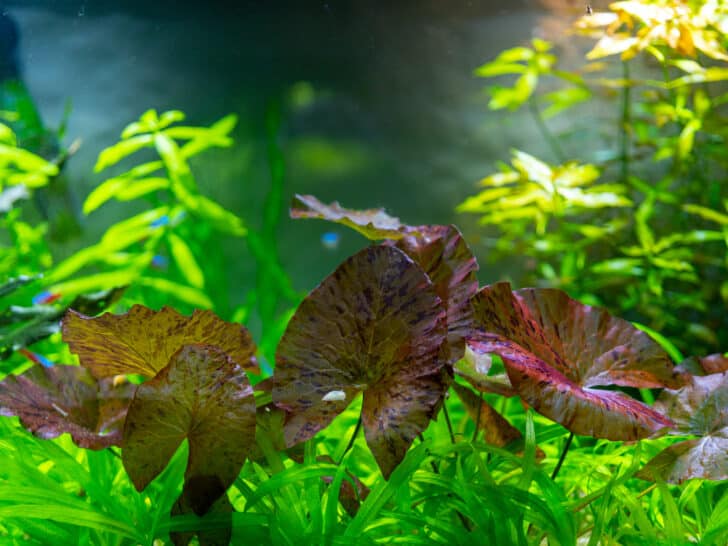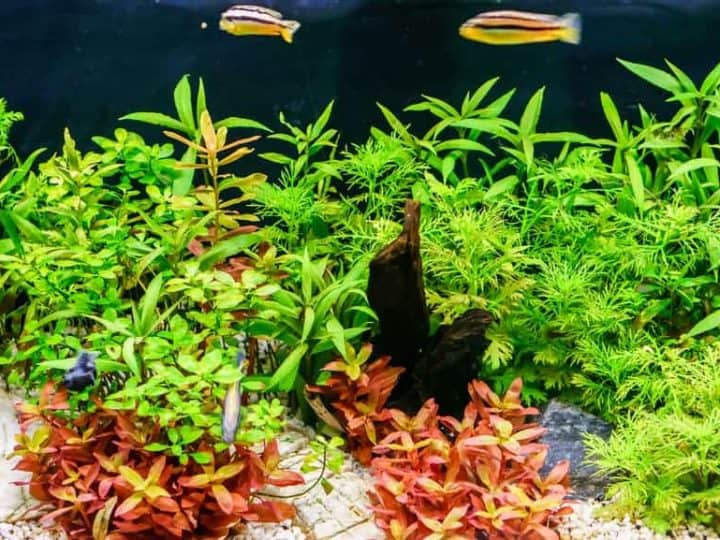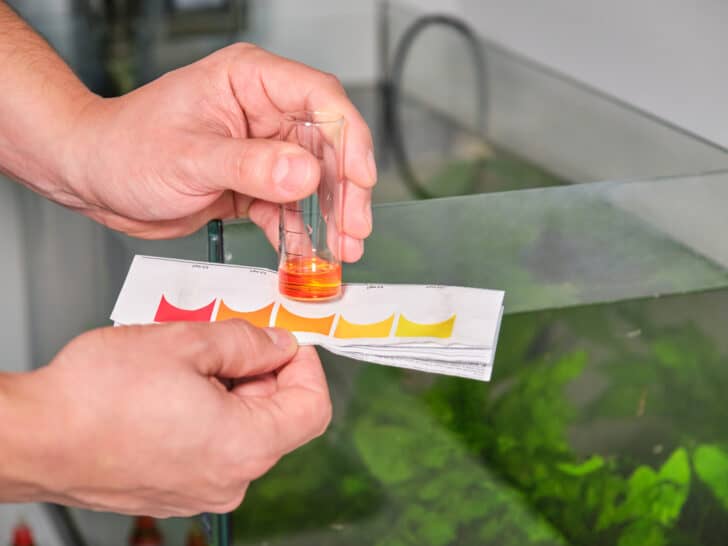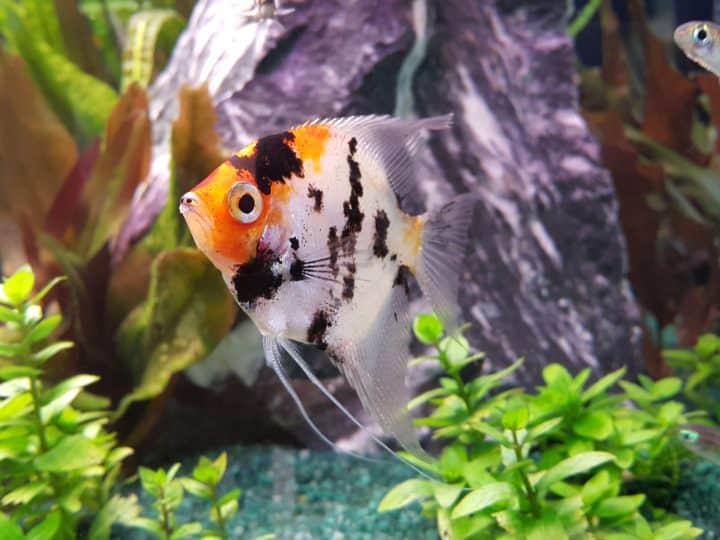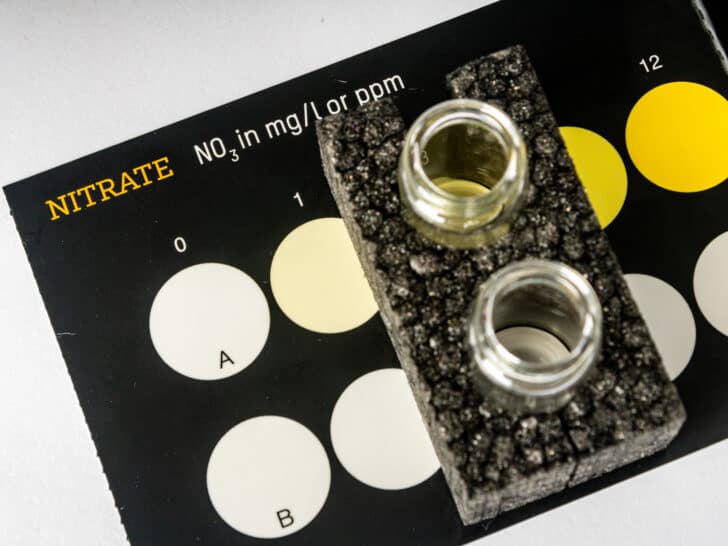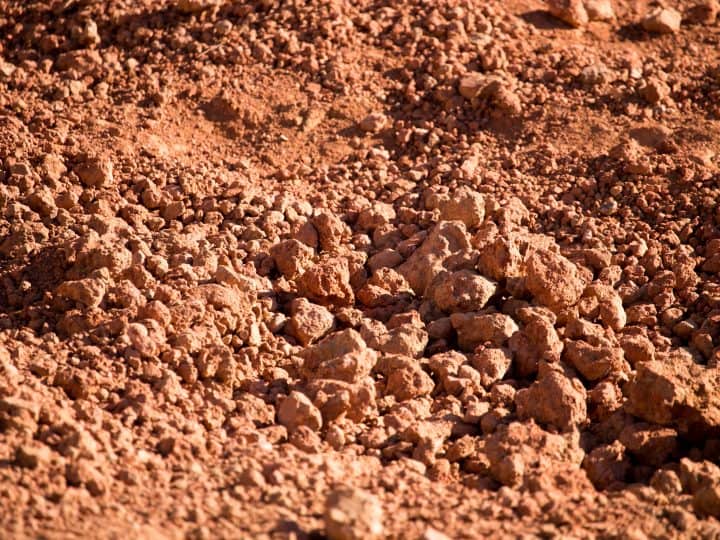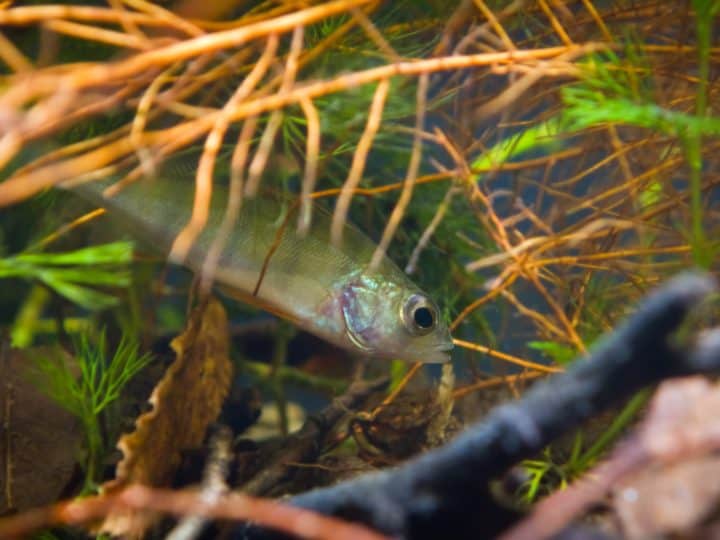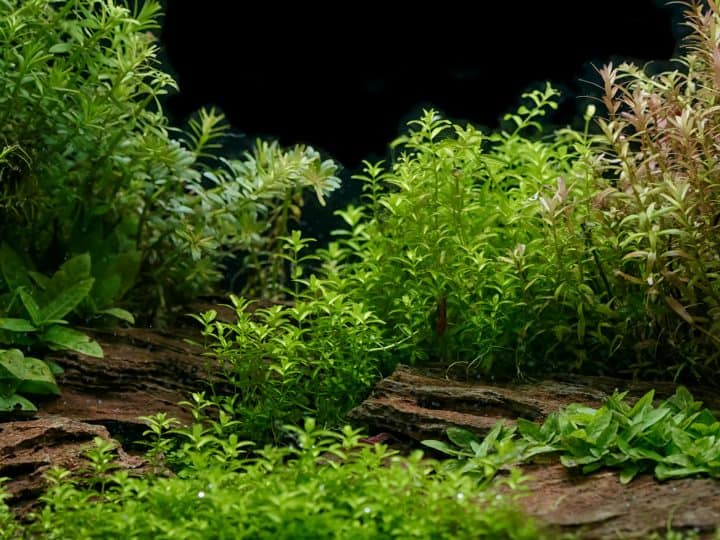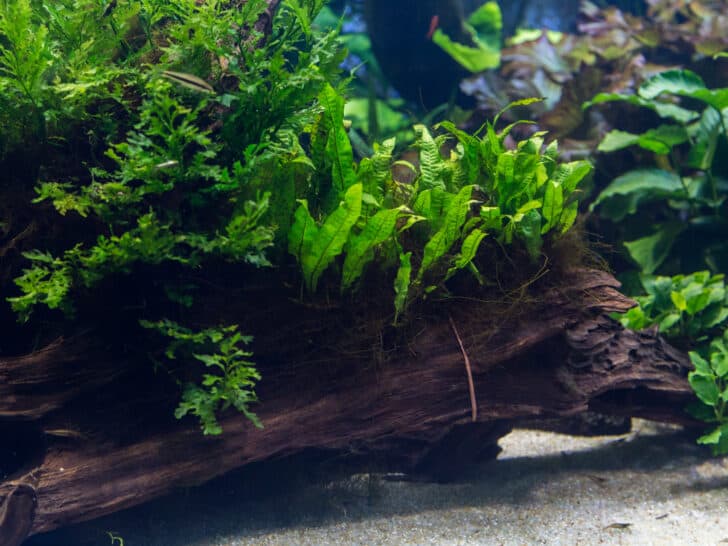Within a few months of first having an aquarium, I quickly realized that some of my plants required fertilizers to grow properly. I was always worried about how safe plant fertilizers are for fish, shrimp, and snails. I did my research and here’s what I found.
Quick Answer
Generally speaking, plant fertilizers designed for aquariums should be fine for fish, shrimp, and snails, so long as the instructions are followed. As long as you don’t overdose your aquarium with any specific plant fertilizer, your snails, shrimp, and fish should remain unharmed and healthy.
Today, I want to talk about some of the different types of plant fertilizers that can be used in aquariums, and some of the most important facts you need to know about them, especially when it comes to keeping your aquarium inhabitants alive.
Keep reading to find out everything there is to know about using plant fertilizers in your aquarium.
Are Plant Fertilizers Safe for Fish, Shrimp, and Snails?
Generally speaking, plant fertilizers specifically designed for aquariums should be safe for snails, shrimp, fish, and all other tank inhabitants.
After all, the manufacturers of these aquarium plant fertilizers know that people keep plants together with their fish, so they formulate these fertilizers to ensure that they are not harmful to fish, at least not when the instructions are followed.
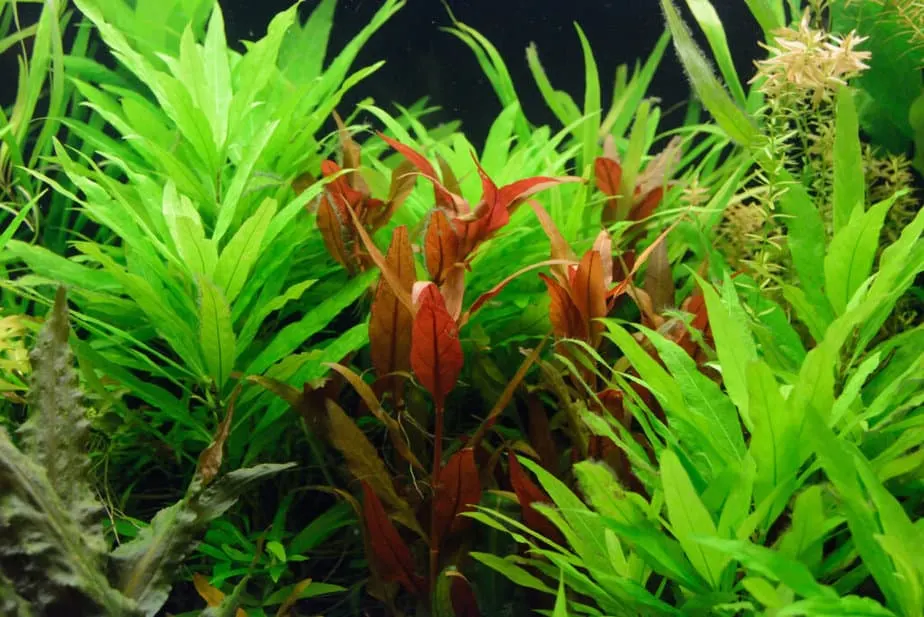
The key takeaway here is that you need to follow the directions on the plant fertilizer very closely, because you don’t want to overdose the aquarium.
Some of the substances contained in these plant fertilizers are totally fine for fish, shrimp, and snails, but only in small or moderate quantities.
However, if too much fertilizer is used, and your tank inhabitants are exposed to high quantities of specific minerals or chemicals, there may be negative consequences.
Furthermore, make sure that you use plant fertilizers designed for aquariums, not general garden plant fertilizers.
Regular fertilizers meant to be used in your garden may contain harmful ingredients that will poison your aquarium and possibly kill the fish.
On that note, there are also special fertilizers designed for strictly planted tanks.
Strictly planted tanks are aquariums that only contain plants and not fish.
These fertilizers may contain ingredients that are not safe to use with fish, although these products will usually be labeled clearly.
As long as the product in question is labeled as being safe for use around fish and other aquarium inhabitants, you should not have any problems.
Using Liquid Fertilizers and Root Tabs
You might know that there are two main types of fertilizers that can be used in aquariums, including liquid fertilizers and root tabs.
Liquid Fertilizers
Liquid fertilizers, as the name implies, are just a liquid solution that you can pour right into the tank.
These often contain many nutrients such as potassium, phosphorus, nitrogen, magnesium, copper, iron, and boron. These are all essential nutrients that plants require to grow.
This type of fertilizer should be fine for fish, shrimp, and snails, as long as you don’t use too much.
However, some of the nutrients, particularly the copper and nitrogen, can be harmful to your tank inhabitants when present in high quantities, especially to invertebrates such as snails and shrimp.
Root Tabs
Just like with liquid fertilizers, root tabs should also be safe for most fish, shrimp, and snails.
Root tabs also contain many macronutrients and micronutrients that your plants need for proper growth.
Instead of just pouring these into the tank like liquid fertilizer, root tabs need to be placed under the substrate.
Most people bury these under the substrate before plants are inserted into the aquarium.
Just like with liquid fertilizer, however, unless you use too much, these should be fine for your tank inhabitants.
The key takeaway here is that aquarium fertilizers are safe for tank inhabitants as long as dosing instructions are closely followed. However, if dosing instructions are not closely followed, various substances contained in these fertilizers can be harmful to fish, shrimp, and snails.
When to Use Liquid Fertilizer vs Root Tabs
In case you are having trouble choosing between liquid fertilizer and root tabs for your aquarium plants, let me explain the difference.
If you have plants that are mainly water column feeders, which means that the plants draw nutrients in from the water column through their leaves, then liquid fertilizer is called for.
Java ferns and Java Moss are two prime examples of water column feeders.
However, if you have plants that are known as being root feeders, which means that they get most of their nutrients through their roots, then using root tab fertilizers is best, As this will allow for the most direct nutrients supplied to the plant.
That said, these two are not mutually exclusive, which means that root feeders do also absorb some nutrients through their leaves and the water column, and water column feeders also absorb some nutrients through their roots.
Many people therefore supplement their aquarium plants with both liquid fertilizers and root tabs.
Do Aquarium Plants Really Need Fertilizer?
Plants require a variety of macronutrients and micronutrients for proper growth.
These include, but are not limited to, nitrogen, carbon dioxide, phosphorus, potassium, magnesium, boron, iron, copper, and more.
Most well-kept aquariums should provide the plants with enough carbon dioxide and nitrogen without the need for additional fertilizers, but it is the other nutrients where problems start to arise.
Many nutrients, especially potassium, phosphorus, magnesium, copper, and iron, are usually not present in aquariums in high enough quantities to allow aquarium plants to thrive.
This means that you need to supplement with a bit of fertilizer.
Keeping that in mind, there are many plants that do not require any additional fertilizers, as they are very hardy.
Some aquarium plants that do not require additional fertilizers include Java Moss, Java Fern, water sprite, anacharis, and water wisteria.
However, there are also many aquarium plants that do require additional fertilizers, such as ludwigia repens, copper leaf ammania, echinodorus red devil, and more.
Particularly, red aquarium plants tend to require a lot of nutrients.
Therefore, whether or not your aquarium plants require additional fertilizer depends on the exact plant in question.
Signs That Your Aquarium Plants Need Fertilizer
To finish things off, let me just provide you with some tips on being able to recognize nutrient deficiencies in your aquarium plants.
- A nitrogen deficiency may be characterized by yellow or white leaves that are far too small.
- A calcium deficiency may result in a twisted or pale new growth.
- An iron deficiency can result in the whitening or yellowing of new leaves.
- A magnesium deficiency may result in the veins of the leaf being darker than usual, with the leaf tissue being lighter than usual.
- A potassium deficiency is generally characterized by very small holes that form in the leaves, along with yellowing edges.
- A nitrogen deficiency is often characterized by old leaves yellowing.
- A phosphate deficiency may be characterized by older leaves turning yellow or falling off totally.
Conclusion
Unfortunately, this is one of the more difficult topics to tackle.
There are well over a dozen nutrients that your plants may be deficient in, and recognizing which one your plant needs more of can be very difficult.
Furthermore, there is also such a thing as nutrient burn, which means that the plants are getting too much fertilizer, which you must also be able to recognize.
The bottom line here is that you should do some thorough research on the exact aquarium plants you have and how much fertilizer they require, but when used properly, they should be totally safe for fish, shrimp, snails, and more.

